Xhosa Dresses: Unveiling the Symbolism and Meaning Behind the Designs
Xhosa Dresses: Unveiling the Symbolism and Meaning Behind the Designs
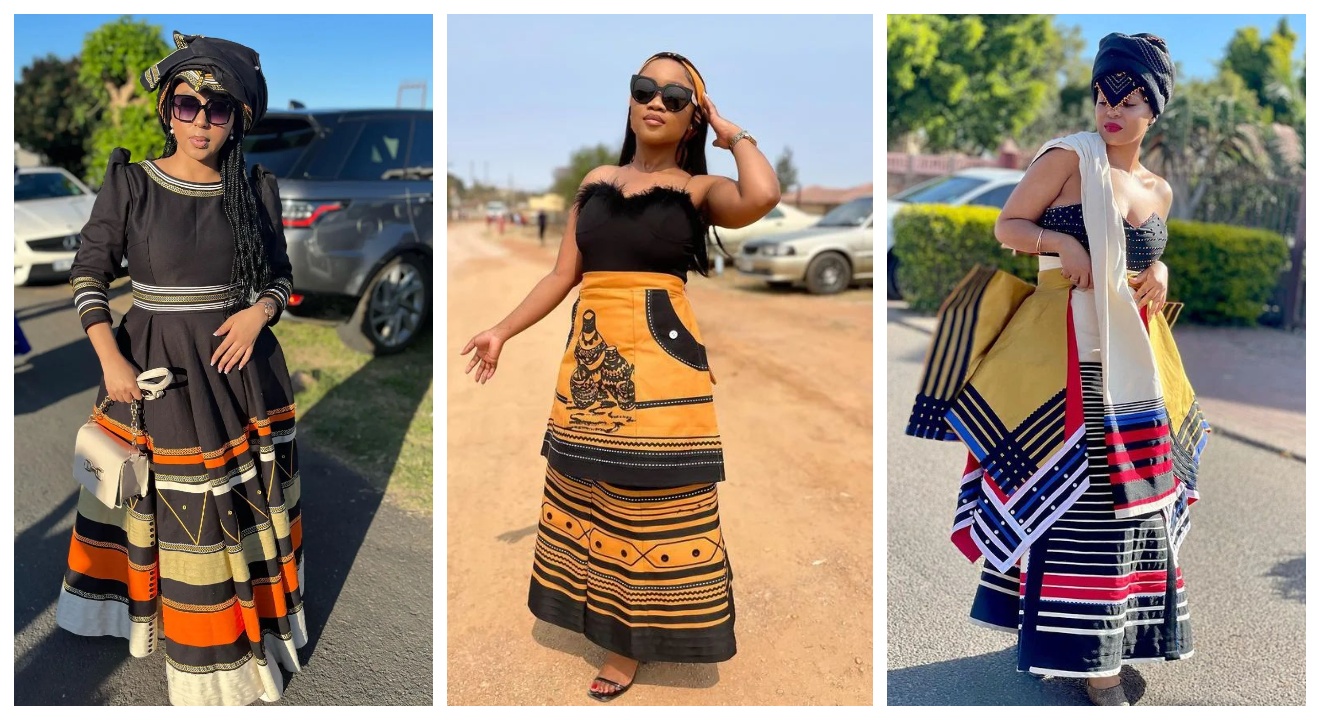
Introduction
Xhosa Dresses: Unveiling the Symbolism and Meaning Behind the Designs
Xhosa dresses hold a special place in South African culture, representing more than just fashion. These vibrant and intricately designed garments are deeply rooted in tradition and carry significant symbolism. Understanding the meaning behind Xhosa dress designs allows us to appreciate the rich cultural heritage they represent.
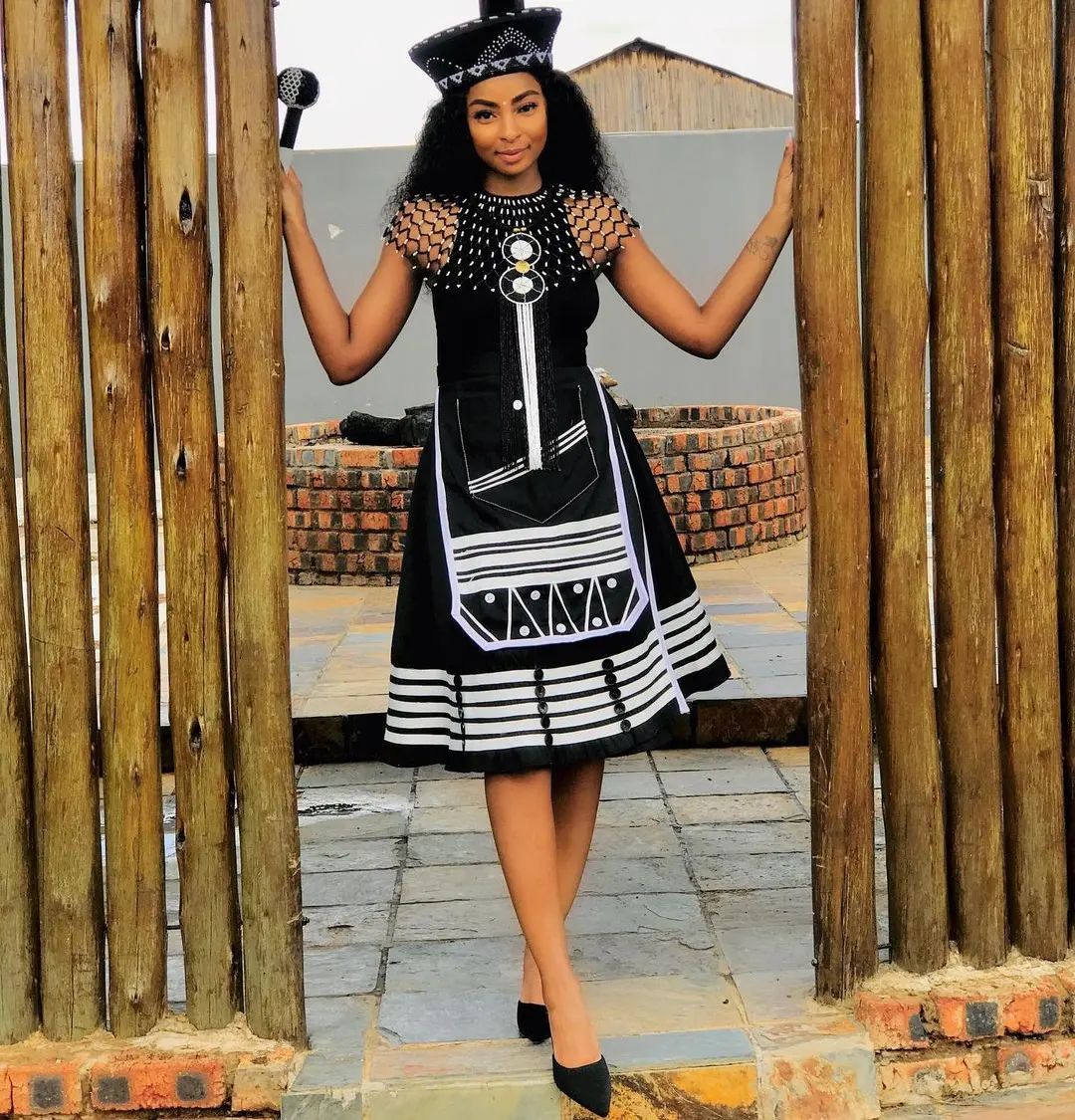
The significance of Xhosa Dresses in South African Culture
Xhosa dresses play a vital role in the cultural identity of the Xhosa people, who are one of South Africa’s largest ethnic groups. These dresses are worn during important ceremonies, such as weddings, initiation rituals, and traditional festivals. They serve as a visual representation of the wearer’s heritage, pride, and connection to their community.
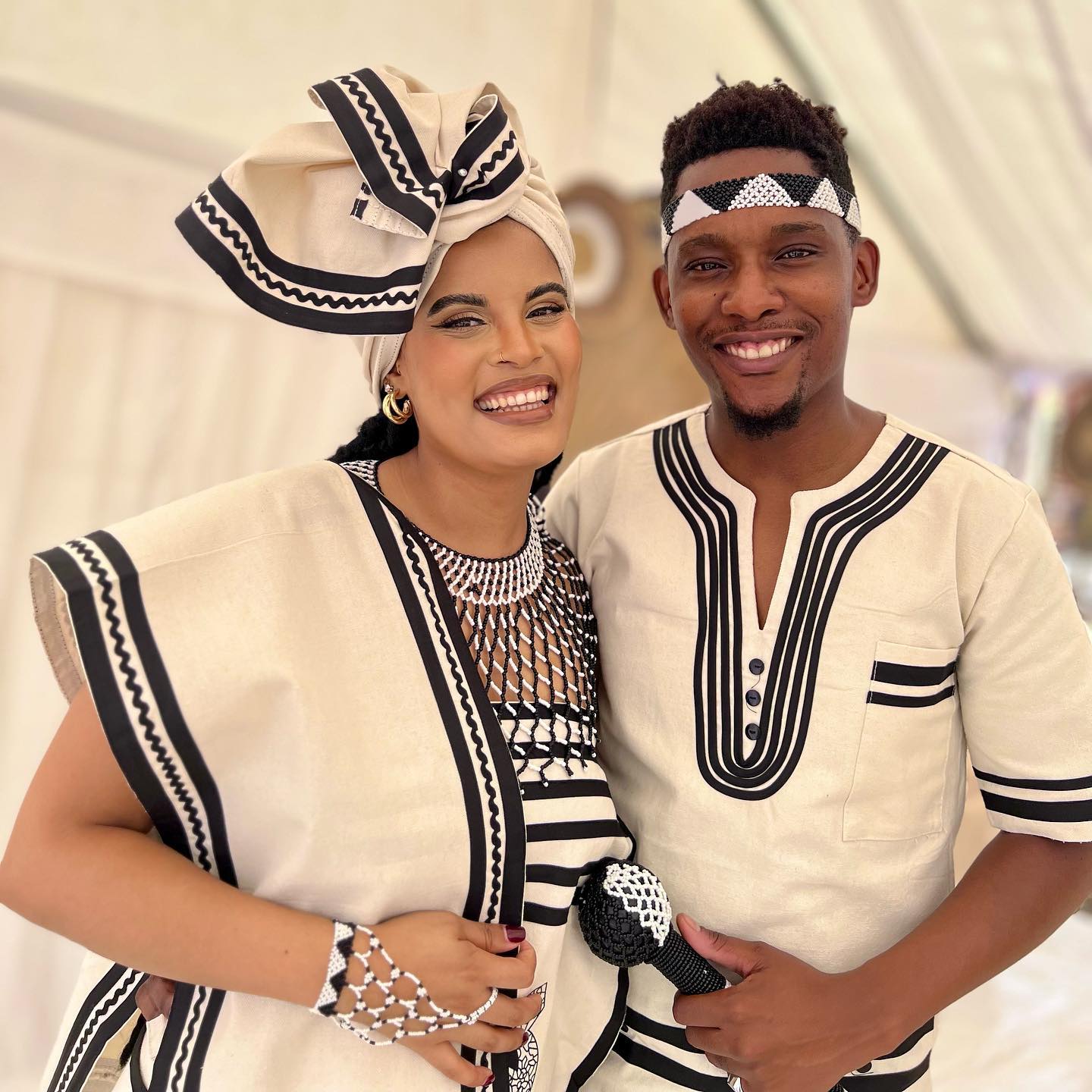
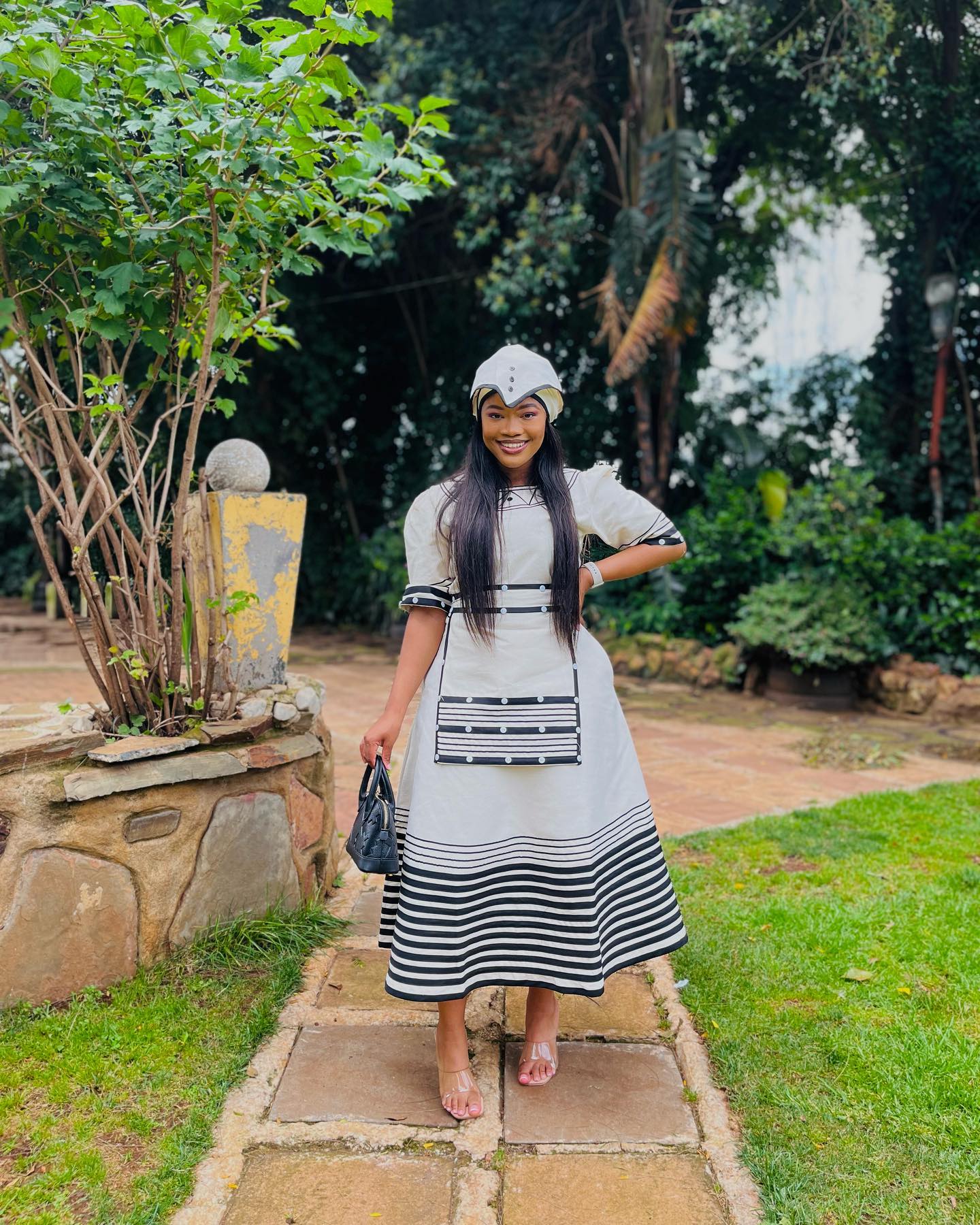
Understanding the Symbolism behind Xhosa Dress Designs
Each element of a Xhosa dress holds symbolic meaning. The vibrant colors used in the designs often represent different aspects of life, such as love, fertility, and spirituality. Patterns and motifs are carefully chosen to reflect cultural stories, ancestral beliefs, and historical events. Beadwork and accessories also hold significance, with specific colors and arrangements conveying messages about social status, marital status, or personal achievements.
By understanding the symbolism behind Xhosa dress designs, we can appreciate the artistry and cultural significance that these garments hold. They are not just beautiful pieces of clothing but powerful symbols that celebrate heritage, identity, and community.
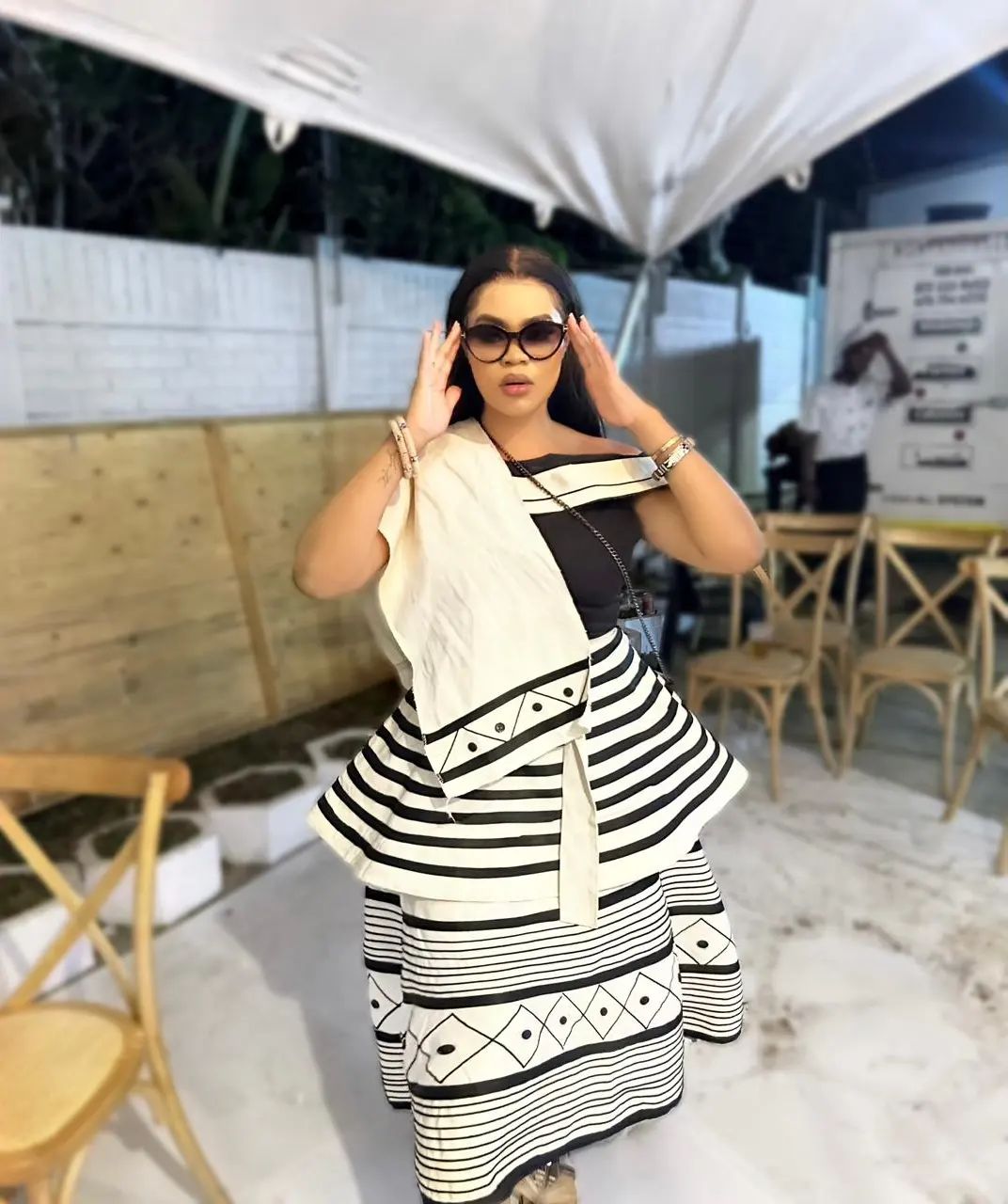
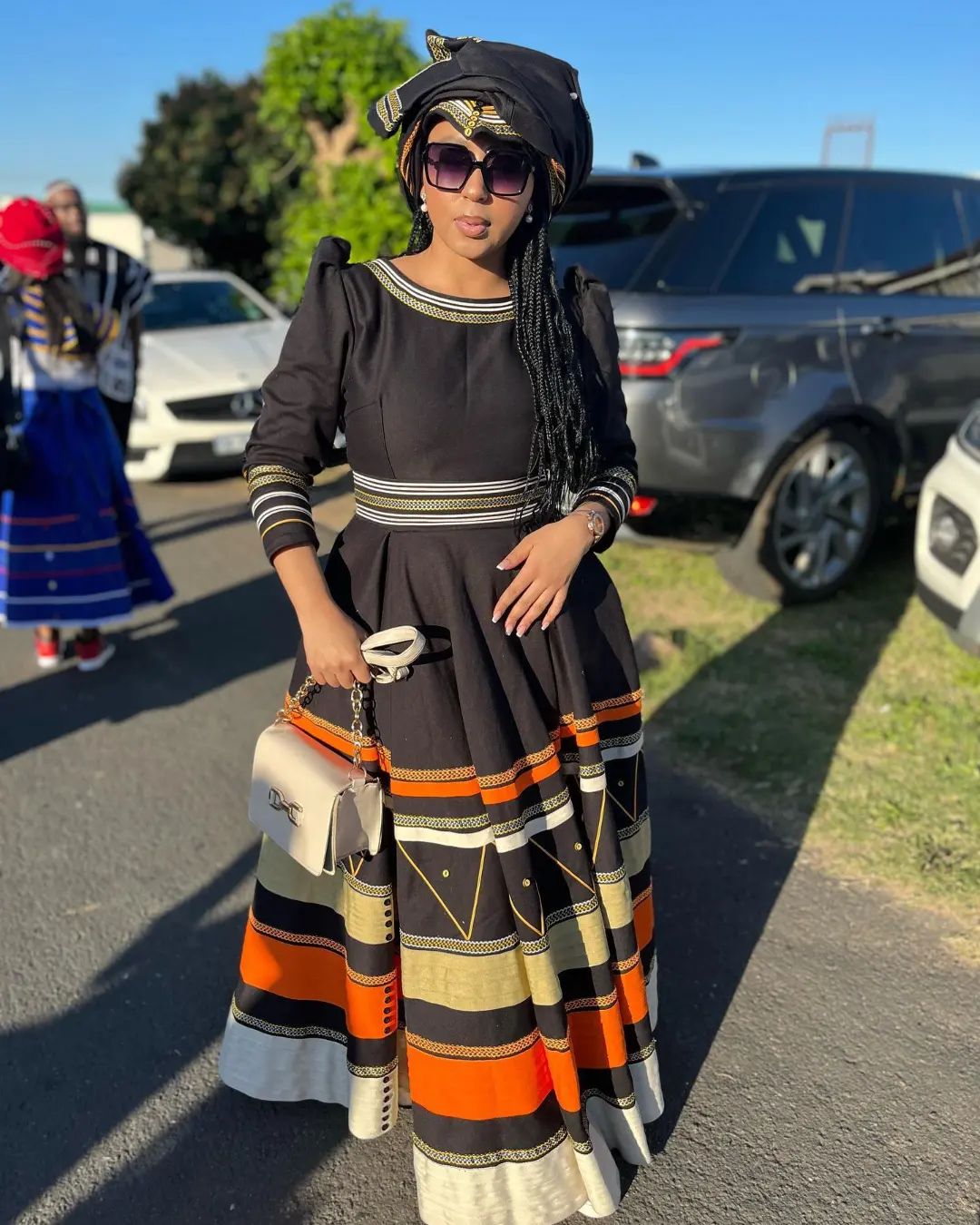
Traditional Xhosa Dress Styles
Different Types of Xhosa Dresses
The Xhosa people of South Africa have a rich cultural heritage, and their traditional dress is a significant part of their identity. Xhosa dresses are known for their vibrant colors, intricate patterns, and unique designs. There are several types of Xhosa dresses, each with its own symbolism and meaning.
One popular style is the “isikhakha,” which is a long, flowing dress made from colorful fabrics. It is often worn during special occasions such as weddings or traditional ceremonies. Another type is the “umbhaco,” which features bold geometric patterns and is worn by married women.
Historical Background and Evolution of Xhosa Dress Styles
The history of Xhosa dress styles can be traced back centuries. The designs and patterns have evolved over time, influenced by various factors such as cultural traditions, social status, and Western fashion trends. Xhosa dresses have also been used as a form of self-expression and a way to preserve cultural heritage.
Today, Xhosa dresses continue to be worn proudly by the Xhosa people, both in traditional settings and as a fashion statement. They serve as a symbol of cultural pride and identity, showcasing the rich history and traditions of the Xhosa people.
In conclusion, Xhosa dresses are not just garments; they are a representation of the vibrant culture and heritage of the Xhosa people. Whether worn for special occasions or as everyday attire, these dresses carry deep symbolism and meaning that connect the wearer to their roots and community.
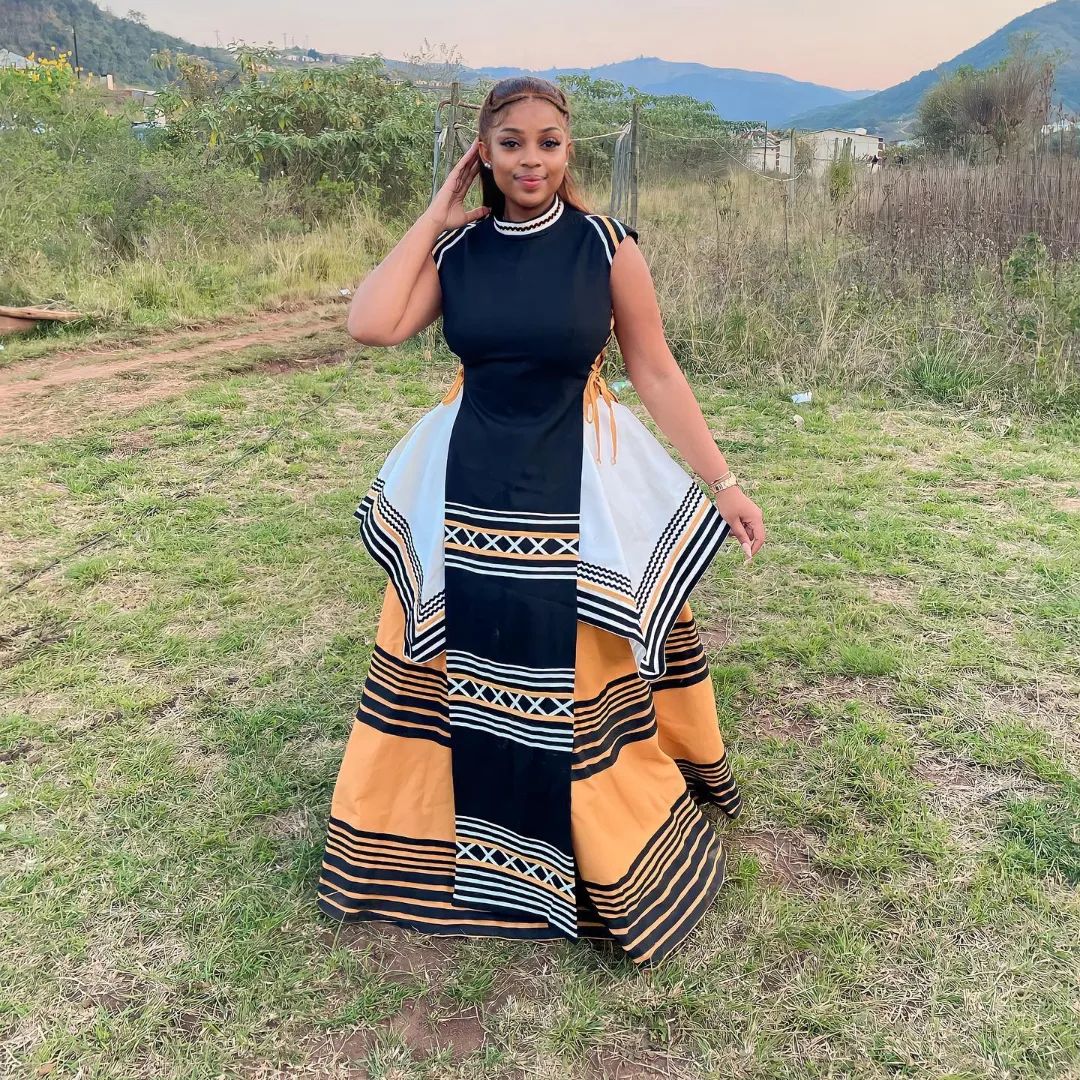
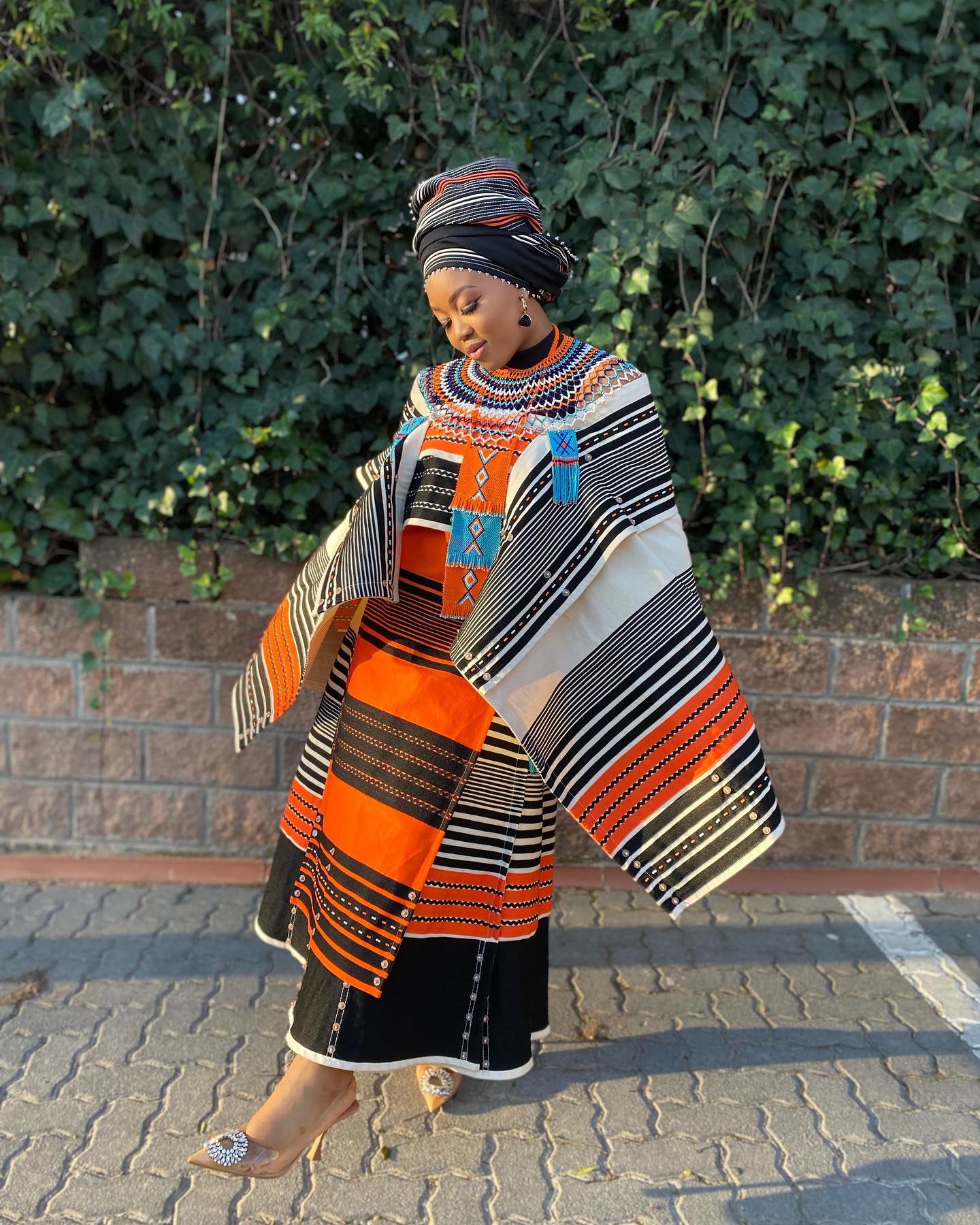
Colors and Patterns in Xhosa Dresses
The vibrant and intricate designs of Xhosa dresses hold deep cultural significance and symbolism. Each color and pattern tells a unique story, reflecting the rich heritage of the Xhosa people.
Meaning and Symbolism of Colors in Xhosa Dress Designs
- Red: Red is a prominent color in Xhosa dresses, symbolizing bravery, strength, and power. It represents the bloodline and the sacrifices made by ancestors.
- Blue: Blue signifies spirituality, calmness, and harmony. It represents the connection between the earthly realm and the spiritual world.
- Yellow: Yellow symbolizes wealth, prosperity, and fertility. It represents the abundance of the land and the blessings of nature.
Traditional Patterns and their Cultural Significance
- X-shaped patterns: These patterns represent unity and balance within the community. They symbolize the interconnectedness of individuals and their shared responsibilities.
- Zigzag patterns: Zigzag patterns symbolize the journey of life, with its ups and downs. They represent resilience, adaptability, and the ability to overcome challenges.
- Triangle patterns: Triangle patterns represent the three stages of life – birth, life, and death. They symbolize the cyclical nature of existence and the continuous flow of energy.
Xhosa dresses are not just beautiful garments; they are a visual expression of culture, tradition, and identity. Each color and pattern carries profound meaning, connecting wearers to their roots and heritage.
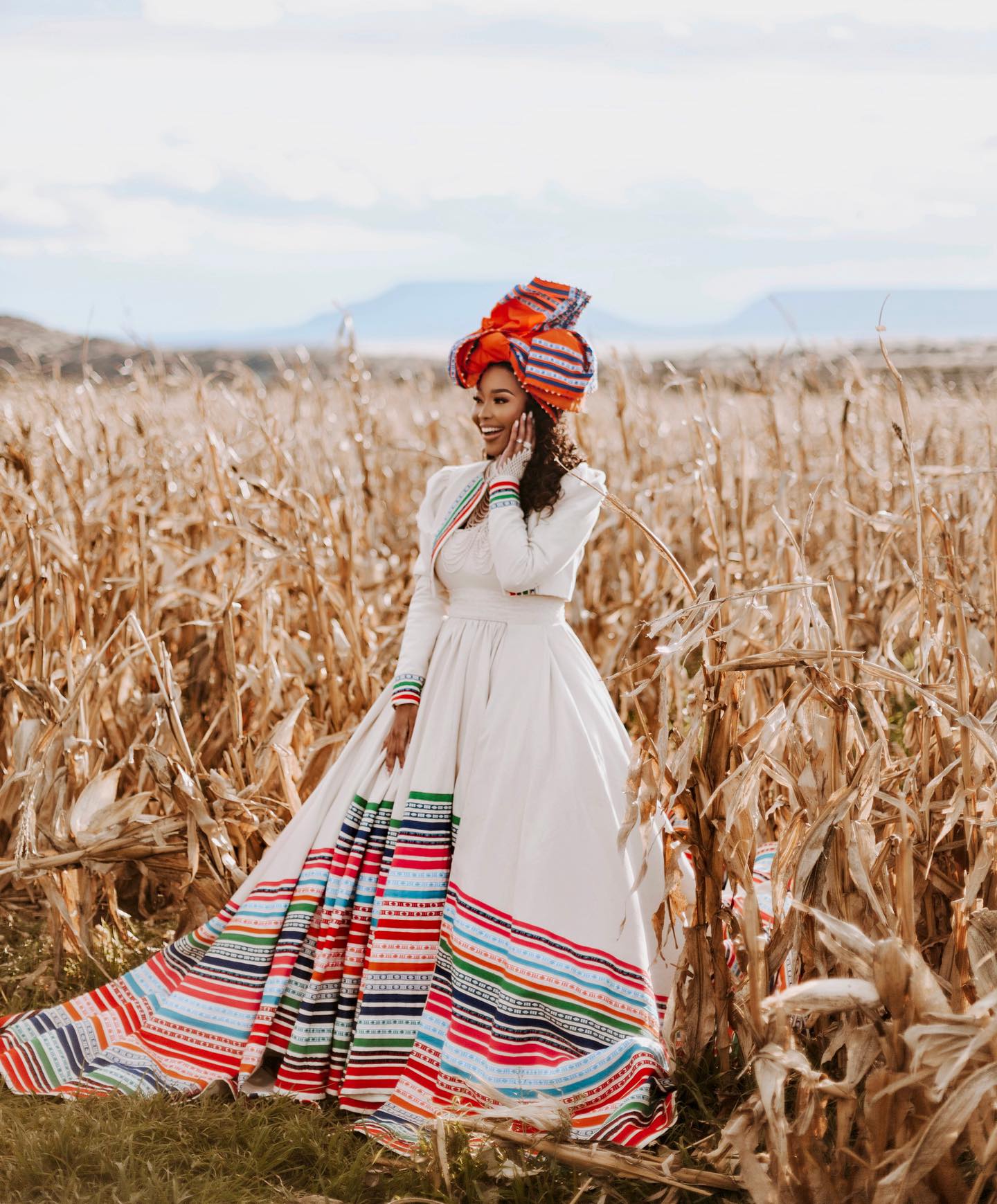
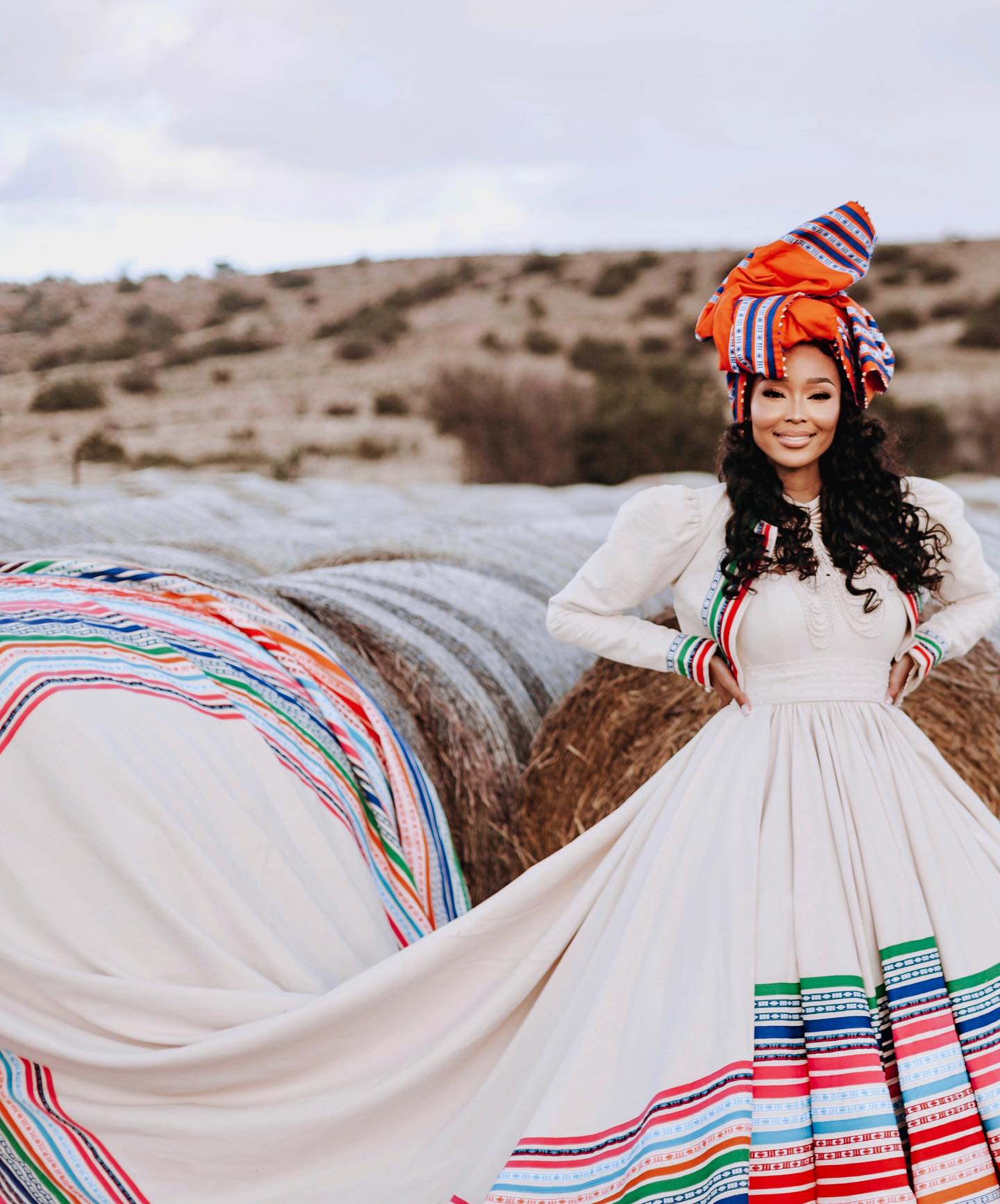
Accessories and Embellishments
When it comes to Xhosa dresses, the beauty lies not only in the vibrant colors and intricate patterns but also in the accessories and embellishments that accompany them. These elements add depth and meaning to the overall design, making each dress a unique representation of Xhosa culture.
Traditional Accessories Paired with Xhosa Dresses
- Ibhayi: This is a traditional headwrap worn by Xhosa women. It is often made from a vibrant fabric that complements the colors of the dress.
- Umbaco: This is a decorative apron that is worn over the dress. It is adorned with beadwork and embroidery, adding an extra layer of beauty to the outfit.
The Importance of Beadwork and Embroidery in Xhosa Dress Decoration
- Beadwork: Beads hold significant cultural and symbolic meaning in Xhosa society. They are used to tell stories, convey messages, and represent different stages of life. Beadwork on Xhosa dresses can include intricate patterns, symbols, and colors that hold personal or cultural significance.
- Embroidery: Embroidery is another important element in Xhosa dress decoration. It involves stitching intricate designs onto the fabric, often using colorful threads. These designs can represent various aspects of Xhosa culture, such as spirituality, ancestry, or community.
In conclusion, accessories and embellishments play a crucial role in enhancing the beauty and cultural significance of Xhosa dresses. They add depth and meaning to each design, making them more than just garments but representations of a rich and vibrant heritage.
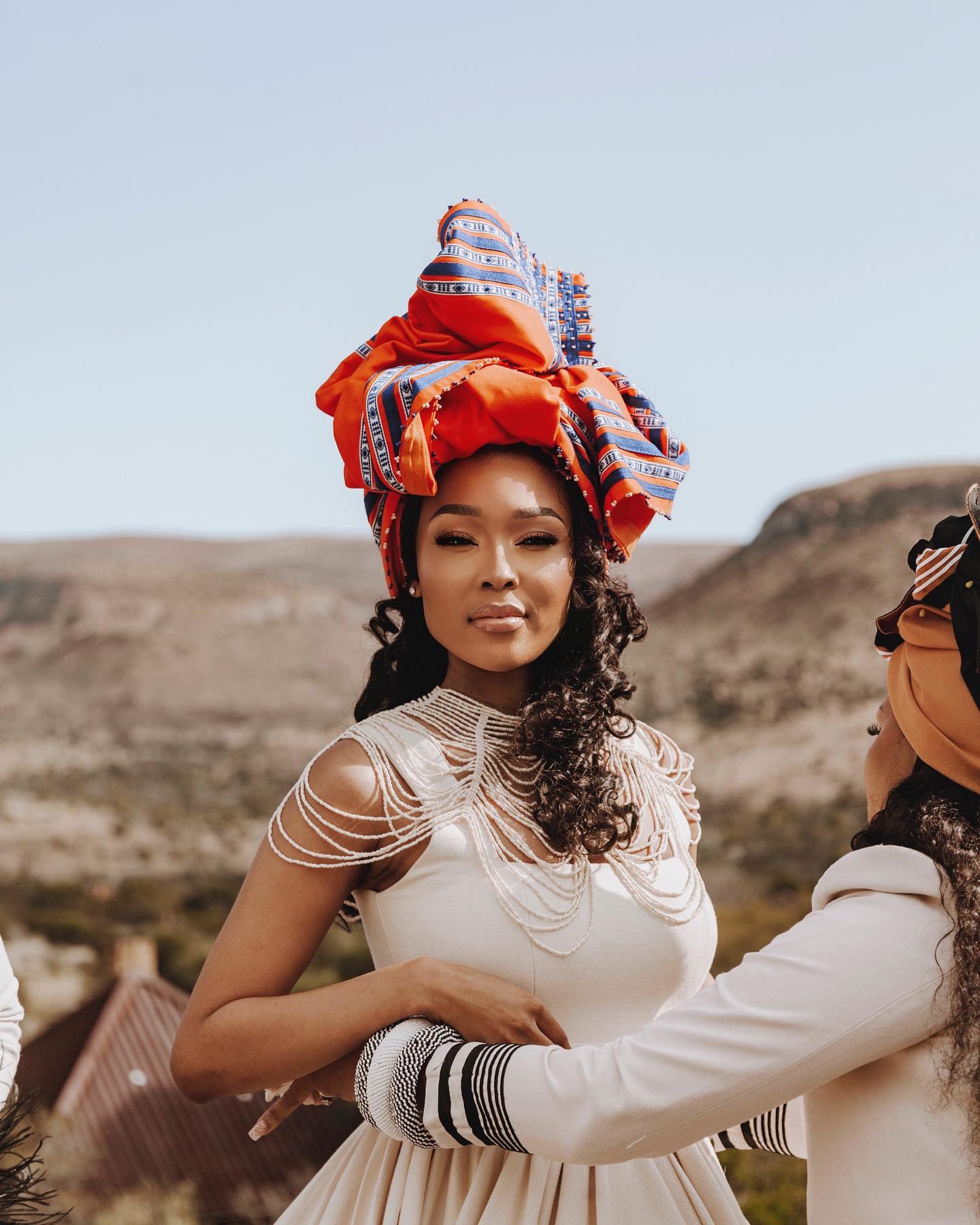
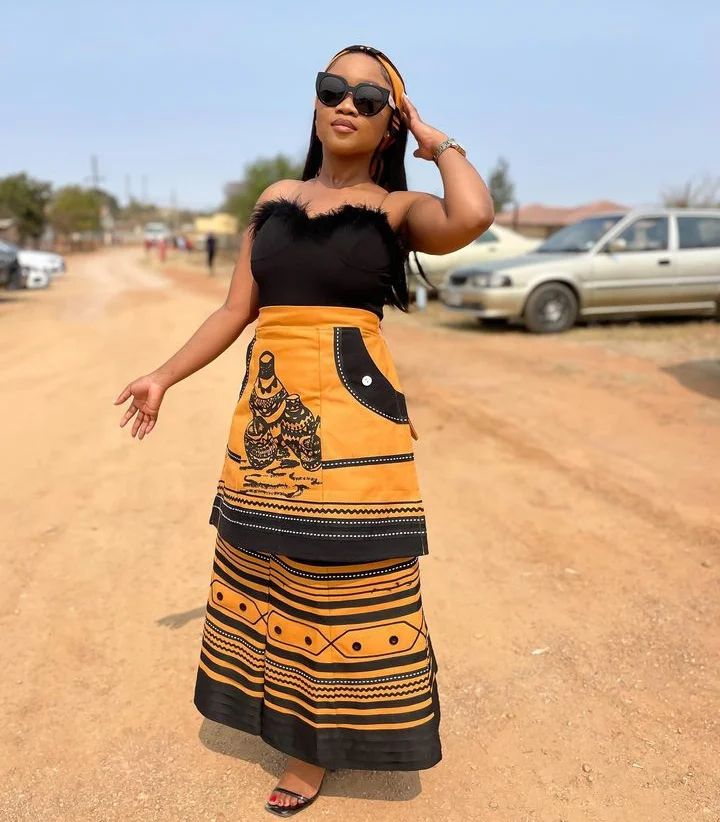
Xhosa Dress for Special Occasions
When it comes to special occasions in Xhosa culture, the dress plays a significant role in expressing tradition, symbolism, and cultural identity. Xhosa dresses are known for their vibrant colors, intricate patterns, and unique designs that tell a story.
Xhosa Wedding Dresses and their Symbolic Elements
Xhosa wedding dresses are a beautiful representation of love, unity, and heritage. The dresses are often adorned with beads, feathers, and embroidery, each symbolizing different aspects of the bride’s journey. The colors chosen for the dress also hold significance, with red symbolizing love and passion, while white represents purity and new beginnings.
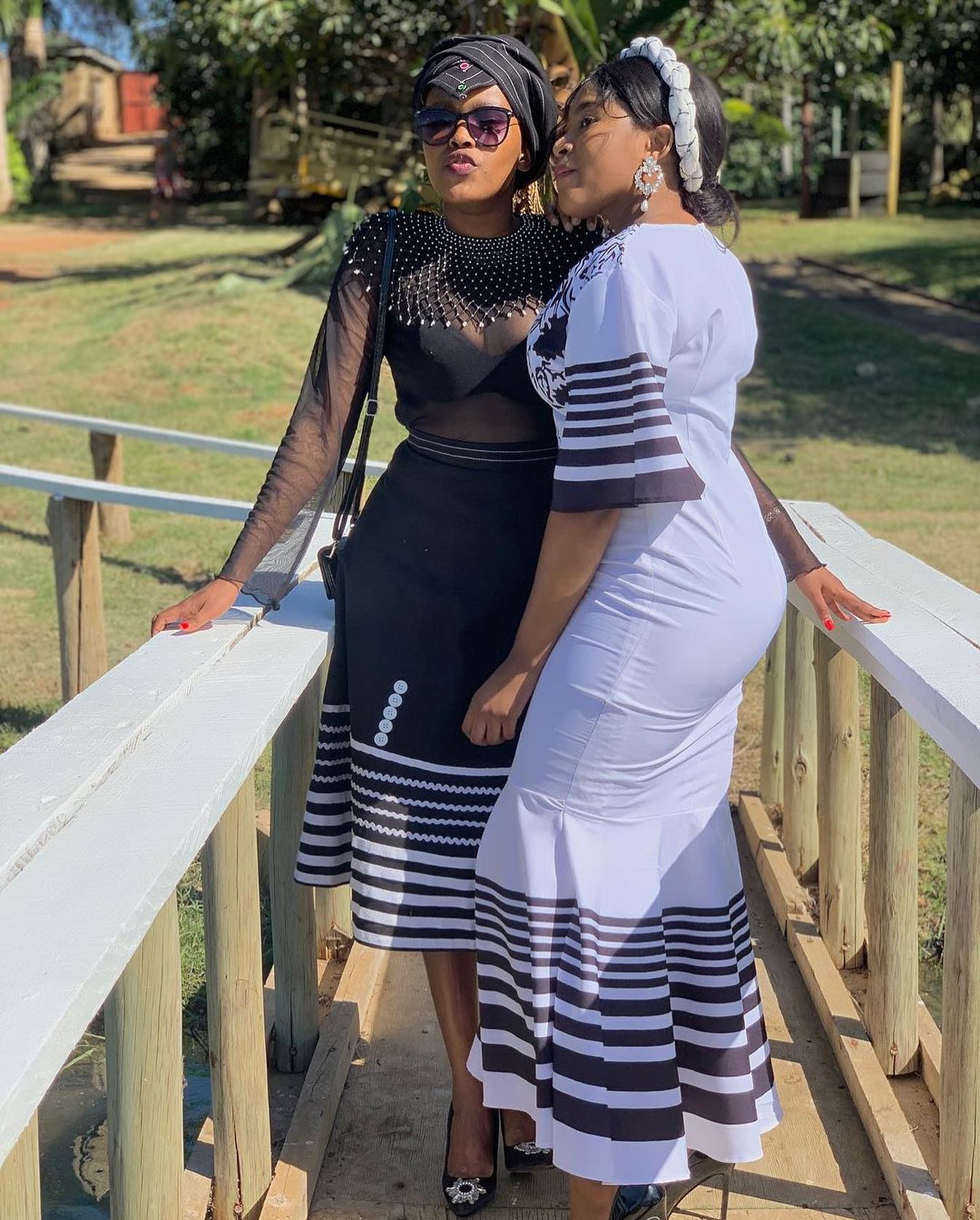
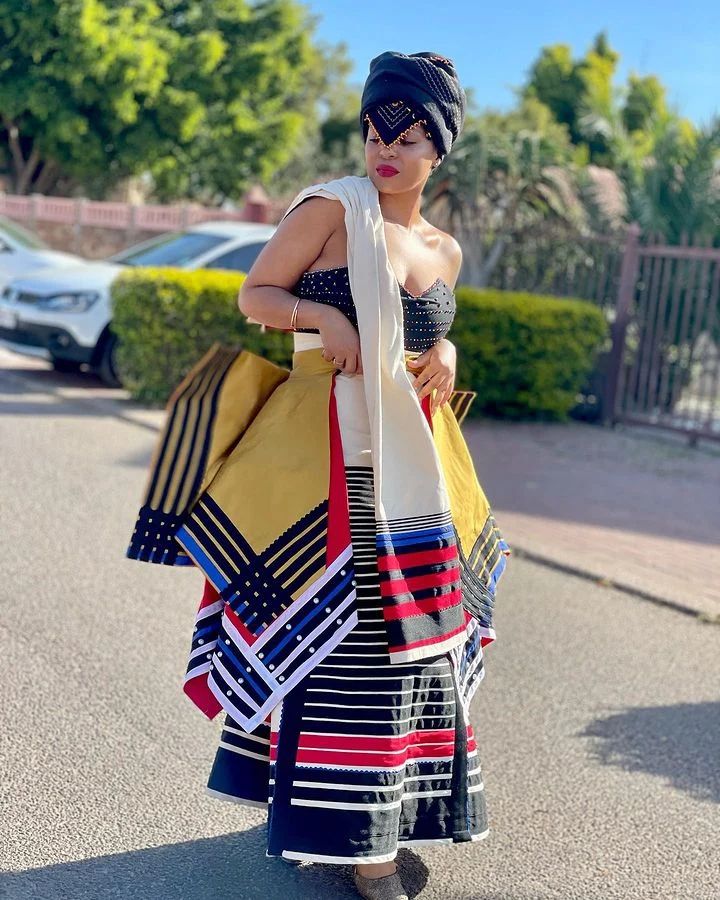
Xhosa Dress for Coming-of-Age Ceremonies and Festivals
Coming-of-age ceremonies and festivals are important milestones in Xhosa culture, and the dress worn during these events reflects the transition from childhood to adulthood. These dresses are characterized by bold colors, geometric patterns, and traditional accessories such as headscarves and beaded necklaces. Each element of the dress holds cultural significance and represents the values and beliefs of the Xhosa people.
Xhosa dresses are not just garments; they are a celebration of culture, heritage, and identity. They serve as a visual representation of the rich history and traditions of the Xhosa people, making them an integral part of special occasions in their community.
Comments are closed.